
Ask anyone what vegetable says summer barbeques the best and you’ll be met with a resounding “watermelon!” Everybody loves watermelon. I’d even venture to say that everyone who has enough space tries to grow this sweet vegetable.
By now I hear a number of you rolling your eyes thinking, “This gardener is clueless – obviously watermelons are a fruit.” You say tomato, I say tom-ah-to. This is something tomatoes and melons do have in common; there’s always a debate on the definition of their categories.
Tomatoes have legally been declared a vegetable and I recently heard that in 2007, Oklahoma declared watermelons the same. Yet the debate continues. I don’t remember when the law started declaring the differences between fruits and veggies, but the law is the law. You can always continue to call watermelon a fruit in the privacy of your own home (I think). Whatever you want to call them, here’s how to grow your watermelons super sweet.
The first thing you need to know about watermelons is that if you can possibly swing it, plant them in situ.That is, plant watermelon seeds directly into their permanent bed. They aren’t big on transplanting and will often hold a grudge and punish you in the way of tiny fruit (there, I’ve said it), or creating weak stems.
It’s not a hard and fast rule, you can start them early indoors if you have the impatient personality your mother always said you did. Just try to use a container that’s biodegradable, like peat pots or you could try those little cherry tomato baskets. While the baskets won’t degrade, you can always cut out the bottom and plant the seedlings into the ground resulting in very little root disturbance.
The second thing is that watermelon vines can’t get enough heat. They grow best in hot (or at least very warm) soil. The more hot days, the better watermelon you’re going to have. In fact, while they’re growing from seed to large seedling, they need a steady supply of water.
But after they’ve set fruit, you’ll want to back off on the water works. If the soil is saturated while the watermelons are growing, it dilutes the sugars in the melons. Water them to keep them from wilting – but that’s it. I’m not saying to create a replica of the Sahara Desert before you give them a drink; just don’t keep it soaked.
The other thing is that watermelons don’t like competition. They don’t need someone coming into their territory and stealing their thunder. I’m talking about weeds. Weeds are life-suckers in relation to your crops, so do your best to keep weeds at a minimum.
Your new best friend as far as growing watermelons is mulch. Mulch not only suppresses weeds by smothering them and not letting light reach them, it keeps the ground warm; holding heat in the soil. It also keeps moisture in the ground allowing you more time between waterings. Organic mulch like straw is always welcome and ends up breaking down and becoming part of your soil. That said, if you’re really interested in keeping the ground warm, you may want to consider black plastic as a mulch.
Most gardeners who use the plastic don’t recommend using it in 3-4 foot strips, but rather covering the whole square footage of the bed. Not only will you be guaranteed hot ground, but the weeds don’t stand a chance. Don’t forget to punch little holes here and there throughout the plastic so the water can get through. Speaking of watering. When it comes to the vine crops, the ultimate goal is to use a drip irrigation system. Keeping water off of the leaves cuts down on mildew and other disease.
|
Learn more: |
|
One last thought on watermelon vines. Don’t wait for mother nature to send out the troops and pollinate your plants. Create your own watermelon guarantee and practice some hand-pollination.
So how do you know if you’ve got a ripe one? Flick it with your middle finger and thumb. If it makes a dull thudding sound – this is promising. Do you see a little tendril on the same vine by the stem of the watermelon? If it’s shriveled and brown, this is another good sign. Look at the outside of the melon (the rind) is it dull or shiny? Dull is what you’re looking for in a ripe, fruity-vegetable.
Fine Gardening Recommended Products

A.M. Leonard Deluxe Soil Knife & Leather Sheath Combo
Fine Gardening receives a commission for items purchased through links on this site, including Amazon Associates and other affiliate advertising programs.
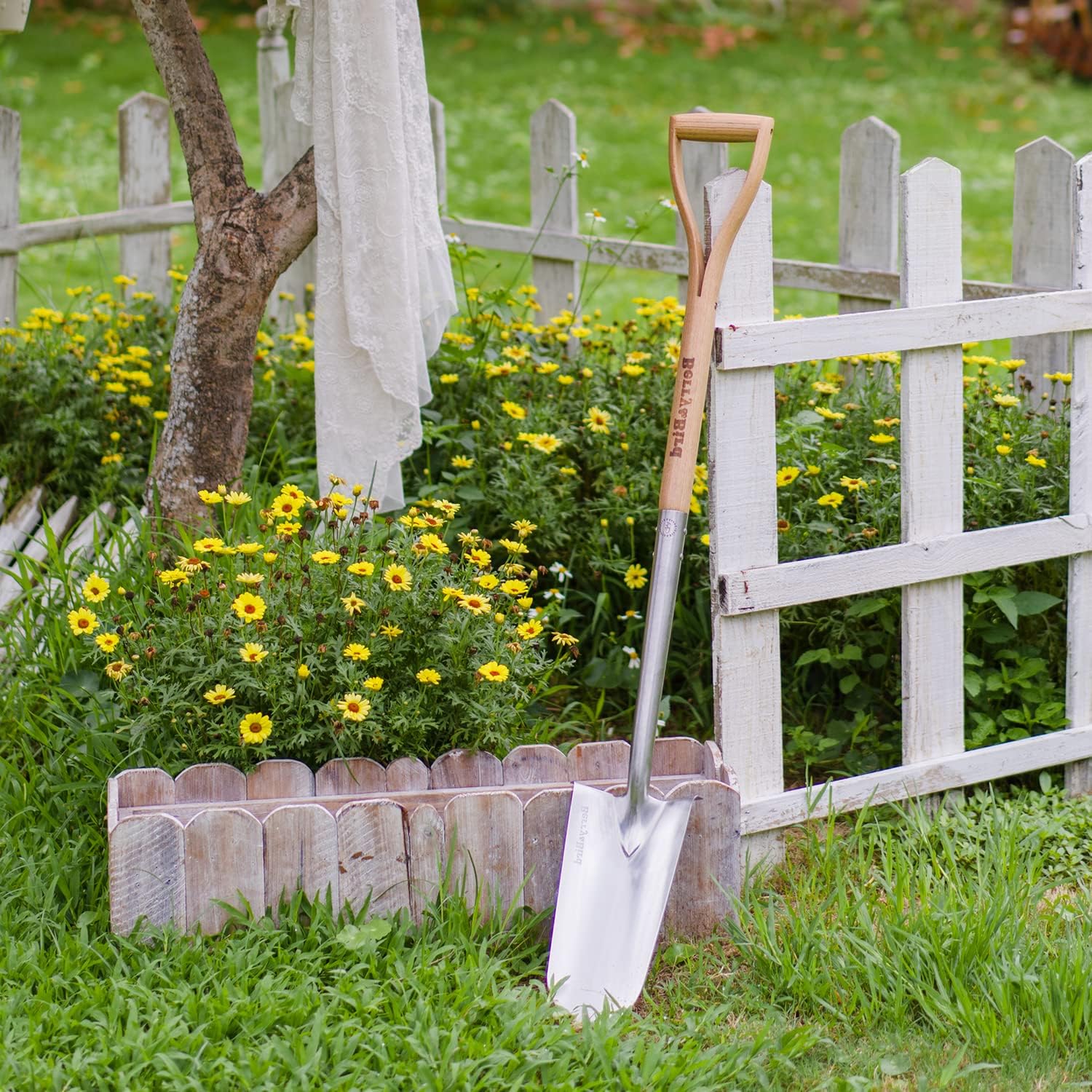
Berry & Bird Rabbiting Spade, Trenching Shovel
Fine Gardening receives a commission for items purchased through links on this site, including Amazon Associates and other affiliate advertising programs.

Chapin International 10509 Upside-Down Trigger Sprayer
Fine Gardening receives a commission for items purchased through links on this site, including Amazon Associates and other affiliate advertising programs.


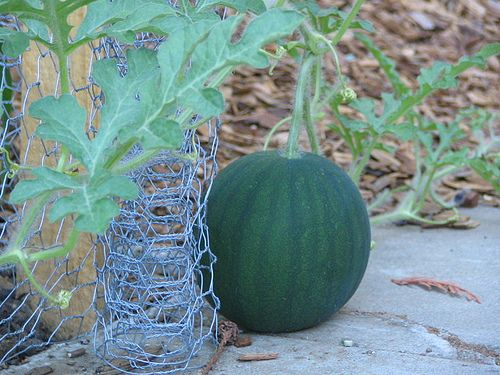
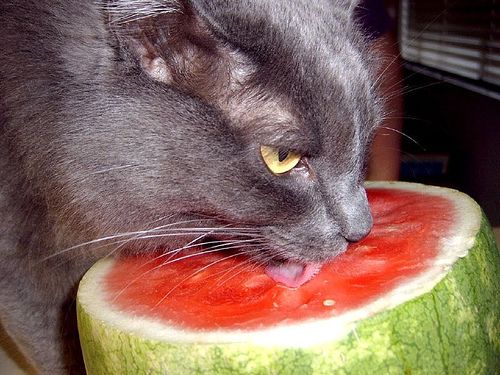
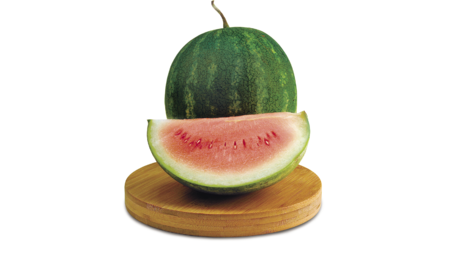
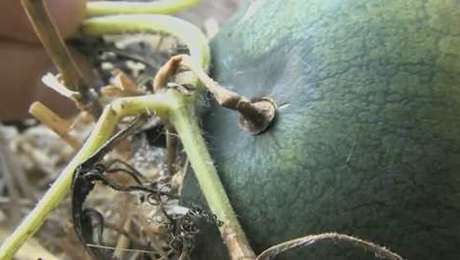
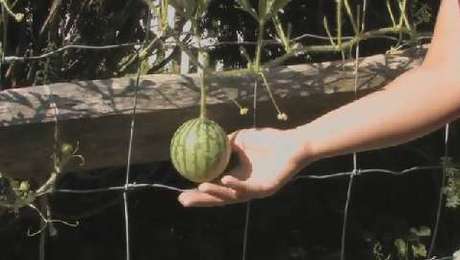

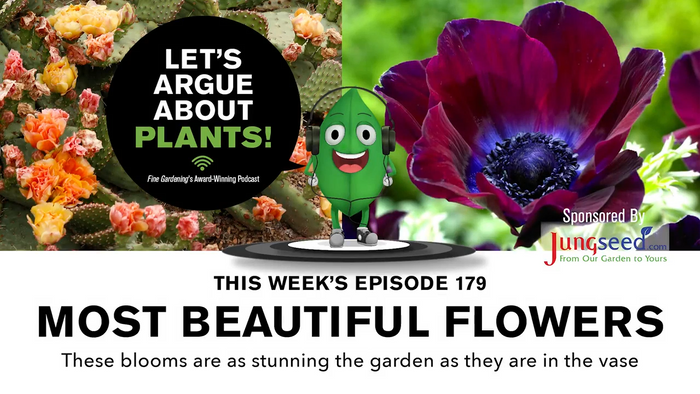

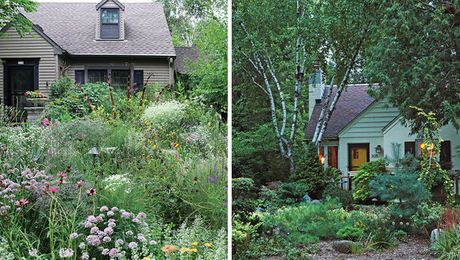










Comments
Log in or create an account to post a comment.
Sign up Log in